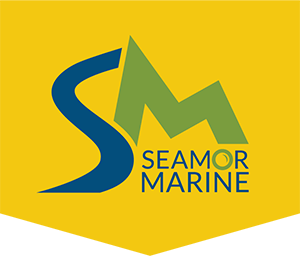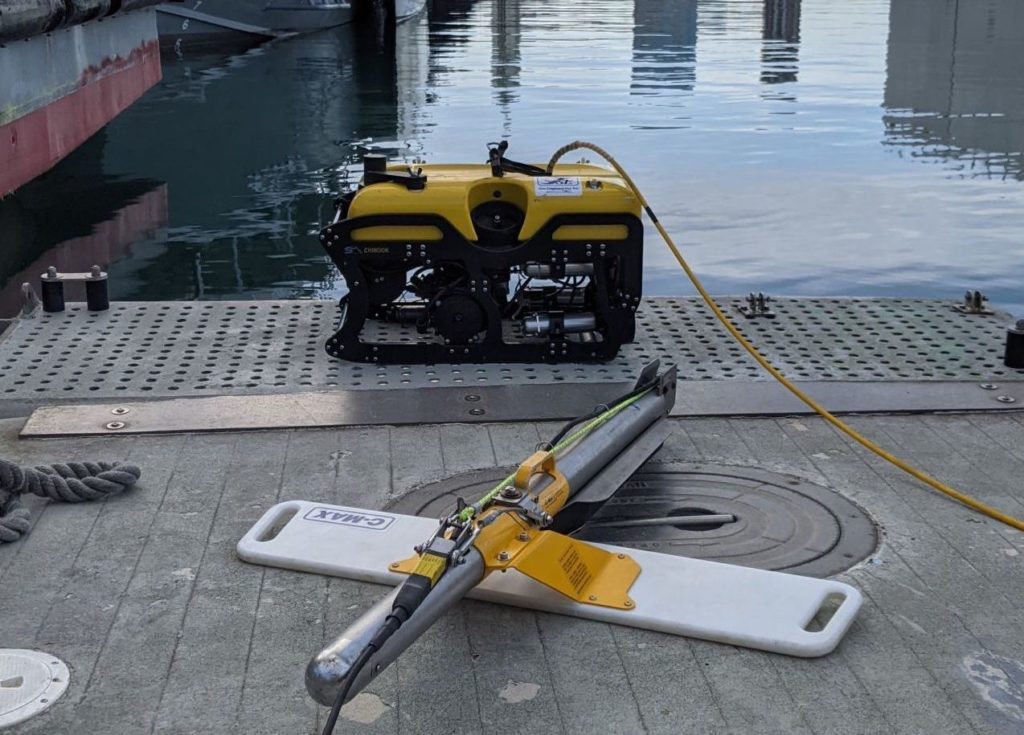
Conditions were unforgiving as the Pacific Ocean rapidly enveloped the debris of a Boeing 737 cargo plane, leaving its two pilots struggling to keep their heads above water. The aircraft, destined for Kahului, Hawaii, went down at around 1:45 am after experiencing critical engine failures a mere 11 minutes after takeoff. The pilots were forced to make a split-second decision, executing an emergency ocean landing approximately a mile and a half off the coast of Oahu and marking Flight 810 as the fifth ever jetliner to be ditched in 60 years.
A coordinated inter-agency response quickly unfolded, approaching the scene from sky and sea. It wasn’t long before the pilots were identified — one straining to keep his footing atop the vertical tail of the aircraft while the other clung to a bed of cargo saturated in jet fuel. Thanks to the United States Coast Guard and Aircraft Rescue and Fire Fighting (ARFF) swift action, both men were successfully retrieved and brought to the Queen’s Medical Center where they were treated and released days later.
The Federal Aviation Administration (FAA) and National Transportation Safety Board (NTSB) wasted no time in launching their investigation. The wreckage of the Boeing 737 rested on the seafloor at depths up to 420 feet, too deep to safely deploy human divers. The NTSB required a durable tool with proven reliability to make the full descent. Without hesitation, they turned to SEAMOR Marine’s world-class underwater remotely operated vehicles, and Sea Engineering, Inc.’s (SEI) seasoned crew to get the job done safely and efficiently.
SEI utilized their SEAMOR Chinook ROV in partnership with a Side Scan Sonar to locate and document the sunken cargo plane. An industrial strength ROV in a compact form, the Chinook’s rugged yet sleek design coupled with its powerful thrusters afforded SEI the nimble maneuverability and ultimate control they needed. Working off their 43-ft workboat, the Huki Pono, SEI’s crew successfully located and surveyed all components of the plane within three days.
SEI put SEAMOR Marine’s high-customizability to thorough use, outfitting their Chinook with an ultra-short-base wavelength transponder and Hypack Navigation and DGPS, which enabled them to monitor and record the ROV’s position in real time. The Chinook’s standard-definition camera with 180-degree rotation and 30x zoom capability brought the submerged aircraft clearly into focus, while the camera canister helped illuminate its surroundings with 3,000 Lumens of dimmable lighting. The subsequent photos showed the underwater scene in incredible detail, vital in determining the cause of the crash.
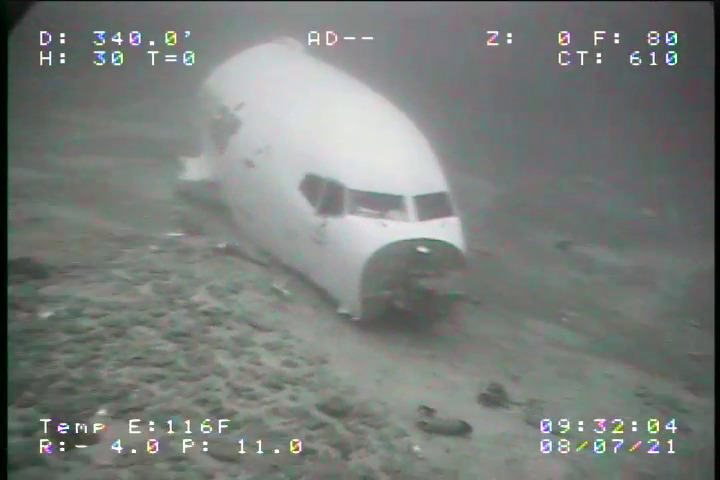
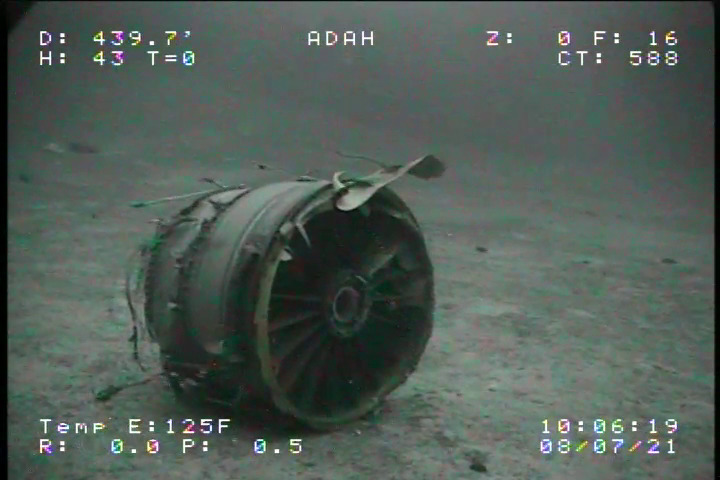
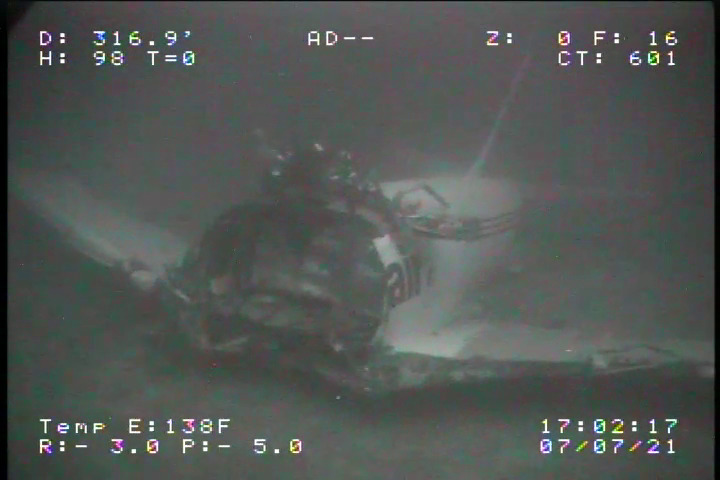
Andrew Rocheleau, President of Sea Engineering, Inc commented on the mission stating, “SEI supports a variety of projects in the Pacific region, ranging from Wave Energy to the offshore oil and gas, geophysical surveys and marine pollution and emergency salvage and response. SEI relies on the SEAMOR Chinook ROV to support all of these ventures. The Chinook continues to be dependable, fast to mobilize and produces quality data for our projects and clients. Our most recent use was the successful response to the downed flight of Transair 810 for the NTSB. SEI was able to mobilize the ROV onto our vessel within one day of Notice to Proceed. The SEAMOR Chinook played a key role in our ability to locate and survey the plane, at a final depth of 350 to 450 feet below the surface, within a week of the NTSB first arriving in Honolulu.”
All of SEAMOR Marine’s underwater ROVs are designed with the power and versatility required to perform sophisticated tasks at extraordinary depths, which is why our Chinook was chosen to survey the wreckage of Flight 810, collecting invaluable data used to help prevent similar accidents from occurring. We applaud the emergency rescue teams for their expeditious response and SEI for their dedicated service throughout the ongoing investigation. We are grateful the two pilots survived the incident and wish them a full and healthy recovery.
